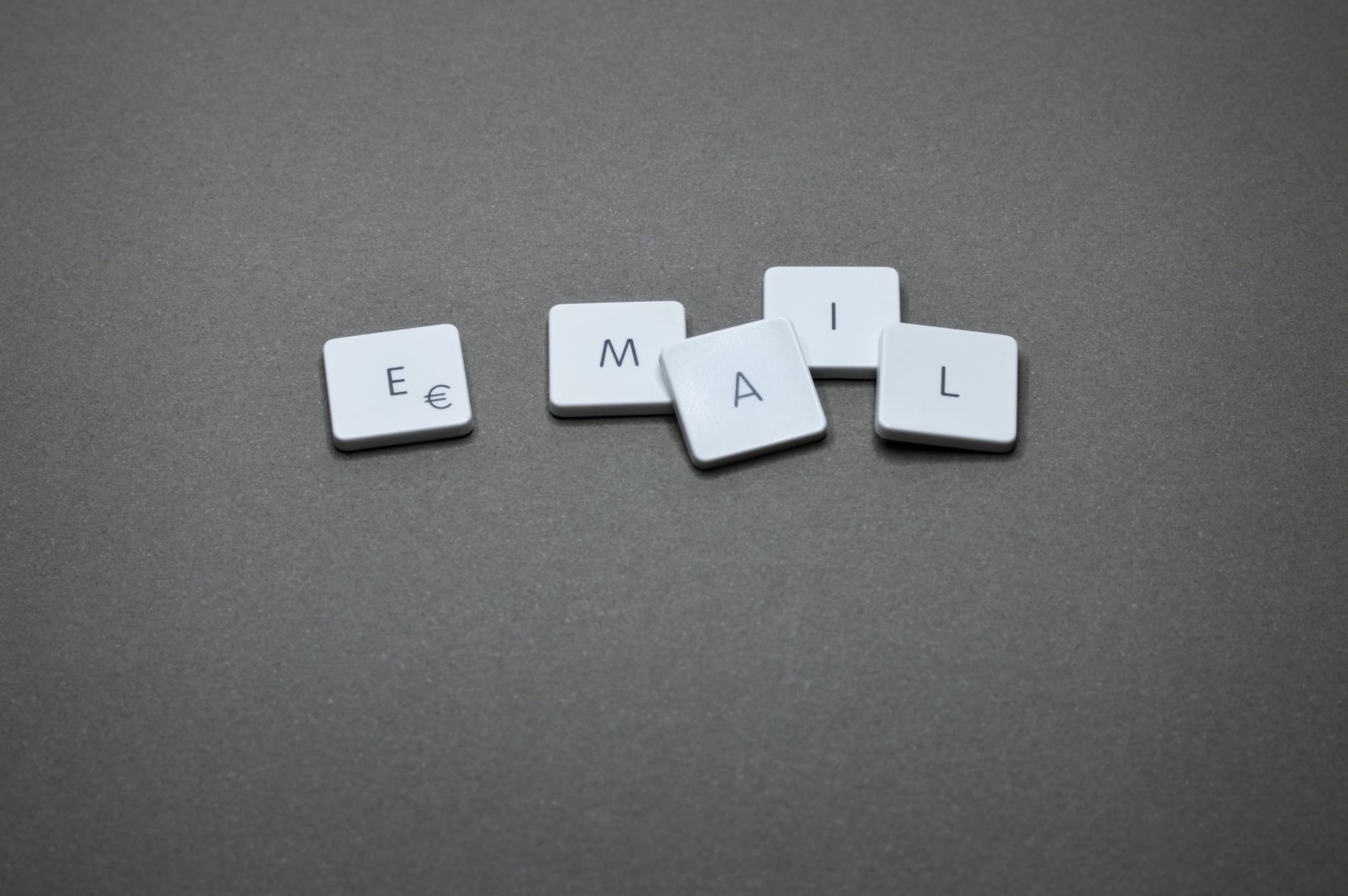They say curiosity killed the cat. But when it comes to copy, curiosity “kills it” in terms of clicks/sales/whatever your goal is.
A good copywriter can ratchet the curiosity up through the entire email…
So that by the end, the reader’s BEGGING them to provide a link to click on.
These are usually “click-seller” emails — emails meant to push you into another stage of a funnel.
Let’s take a look at one of these emails from Paradigm Press.
About Great Stuff and Paradigm Press
Great Stuff is a Banyan Hill newsletter that mixes daily stock news with entertainment and a witty, humorous voice. It’s not uncommon to see memes and gifs in their newsletters.
Paradigm Press is a financial publisher that, per their website:
“Provides independent economic commentary, analysis and education through print and online publications, videos, online seminars, conference calls and more.”
The Email: Irresistible Curiosity
There’s a concept called “selling the click,” where your goal is not to make money from a piece of copy…
But merely get the reader to click to the next page.
Emails are often click-sellers when part of a longer funnel — especially in financial copywriting. Their goal is to nudge readers to a longer piece, like a sales letter or VSL.
Consequently, good click-seller emails build so much curiosity that the reader can’t resist hitting that CTA.
I think this Paradigm Press email, sent to Great Stuff’s List, shows us an excellent example of curiosity-building.
The Subject Line: Mimicking a Trade Alert?
Since Great Stuff is a financial publisher, the reader may be primed to expect trade-alert-style emails from the.
So the word “Alert” definitely grabs the eyeballs.
Throwing in the asterisks helps as well. It sets this subject line apart from the rest of the reader’s inbox and breaks up the text a bit.
As you’ll see, the “intelligence” theme pays off in a creative way throughout the body.
A Commanding Intro (Literally)
The email commands the reader to stop what they’re doing.
I like it. It’s not soft and flowery. Makes the reader think something critical resides in the next few lines.
The email then introduces the important information, but pay attention to how they bolded the benefit.
That’s what you want the reader to remember most.
I also like the parenthetical phrase because it diffuses an objection. The market is trash as I write this, so investors may be doubtful at the time of writing that any stocks could potentially skyrocket.
Building Irresistible Curiosity
Now, we have the “meat” of the email.
For example, the first paragraph pays off the “intelligence” angle in the subject line while mixing in strong social proof…
Before adding an implicit CTA.
It’s a well-timed CTA, as the benefit + social proof + curiosity is enough to get plenty of clicks so far.
Those who continue reading get more curiosity in the form of a chart.
The email explains how that green circle is an important trading signal that indicates an URGENT opportunity. The benefit is there…
But what does that signal actually show? The reader wants to know because they want to hop on this opportunity before it’s too late…
And to use the signal for future opportunities…
Which, logically, is what the writer finishes the email out with (focusing on the current opportunity to sell the click):
The curiosity has reached a boiling point for anyone who hasn’t clicked.
But to sweeten the deal just a bit more, the writer implies that clicking through to get the full scoop will only take a minute.
The reader connects the dots — this could potentially be a life-changing opportunity, and it’ll take a negligible amount of time relative to the potential reward.
BOOM.
Click secured.
Takeaways
Paradigm Press gives away a lot of “what” without the “how.” That’s how you offer something valuable without revealing the paid stuff.
For example, the “former advisor to the US intelligence community.” Sounds like an intelligent individual, but who are they and how do they know what they know?
Or how about the image of the indicator. The reader can see the signal used to detect great stocks…
But that’s not enough — now, the reader wants to know how that signal works and why it’s finding certain stocks.
To top it off is the fact that one stock is set for takeoff… but they have to click to see what that is.
From there, it’s on the sales letter/VSL/webinar to close the sale.
I am almost 100% sure this email did its job well. Short, sweet, and full of curiosity.
What to Do Next
- Get on my email list.
- Reach out to me if you want help writing emails like this one.
- Check out Great Stuff and Paradigm Press if you want market/economic news and analysis.
